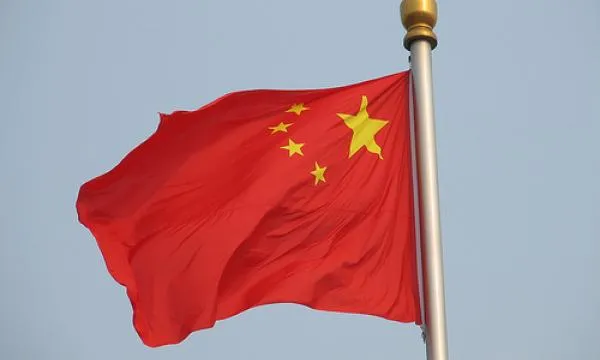
What's next for China's renewables after a subsidy phase-out by 2020?
Solar and wind still struggle to be cost-competitive against coal.
Even if Beijing has announced its plans to phase out renewable energy subsidies by 2020, the sector is still expected to grow thanks to cost deflation and an increased advantage over conventional power sources of power generation, according to Fitch Solutions.
“We believe wind and solar generation will be increasingly able to compete on an even basis with coal generation in the market, a precondition highlighted as necessary for the technologies to continue to grow according to plans announced by the National Development and Reform Commission (NDRC) and National Energy Administration on 10 January,” the firm said in a report.
The plans highlighted a number of conditions that will apply for renewables projects from 2020. Firstly, renewables projects must match, or be lower than that of the coal electricity price benchmark which varies at the provincial level.
Projects are also required to show that the grid can deal with their variable output, in an attempt to reduce grid bottlenecks and thus prevent renewables generation wastage. Moreover, local governments will still be allowed to subsidise renewables projects, with provinces with less optimal natural conditions set to be able to provide incentives to attract investment.
Lastly, green certificates are set to be awarded to renewables generators, that can be sold to more polluting power generators which will be required to acquire a set amount of certificates to make the footprint of their operations cleaner. However, little additional information is given for this mechanism to date.
“The transition to competitive auctions will represent a substantial shift from the feed-in-tariff (FIT) based system that has driven Chinese renewables growth to date,” Fitch Solutions said. Whilst the FIT system has made the Chinese renewables market grow to become the world’s largest for the past five years, the surge in capacity has brought challenges for the government and operators of renewables projects.
According to the report, distribution operators at the provincial level have prioritised coal — which is still cheaper than wind and solar. Intermittence of renewables also created grid bottlenecks that have compelled operators to rely on coal despite the grid priority access of renewables.
Wastage of renewables generation also meant that outstanding subsidy payments have surpassed $17.4b in 2018. This has caused renewables generator to face elevated bankruptcy due to them not being paid for the electricity they have produced.
Some were forced to take high-interest loans in order to continue operating. Fitch Solutions added, “In an attempt to prevent this backlog expanding further, we note that the Chinese government cut the FIT over 2018, whilst a 30GW solar capacity deployment ceiling under the mechanism was implemented for the year.”
Despite these challenges, China deployed nearly 44GW of solar capacity over 2018, bolstered by the deployment of unsubsidised projects. Notably, this is less than the 53GW added in 2017, but it still the highest for any country around the world.
The cost-competitiveness of renewables has also improved thanks to steadily falling wastage figures. Solar wastage rates fell from 6% over 2017 to 3% over 2018, a trend that will make unsubsidised solar projects more viable over the coming years, said Fitch Solutions.
The growth could also be supported by the government’s push to ensure that renewables reach cost parity with coal projects. The introduction of carbon pricing, coupled with green electricity certificates, holds the potential to boost the competitiveness of renewables further.
“This would, in turn, reduce renewables wastage, making wind and solar projects more economically viable. We believe this would, in turn, add additional impetus to renewables deployment, a scenario we expect would be bolstered by Chinese aspirations to be the global spearhead for renewables development,” Fitch Solutions said.
The firm projected that the share of non-hydropower renewables in China’s energy mix would increase from 8.5% over 2018 to 16% by 2028. “Our optimistic outlook is informed by the robust growth registered for unsubsidised distributed solar over 2018, plans announced in January 2019 to develop 6GW of unsubsidised wind in Inner Mongolia by 2022, and the fact that unsubsidised projects will not have to comply with capacity quota restrictions imposed on subsidised projects,” it added.
An added risk, however, is that the arbitrary dispatch of coal power over renewables has been attributed to socio-economic concerns at the provincial level. The coal sector is still a key industry for employment, and governments have interests in local coal production and electricity generation.
“This points to continued risks that Chinese renewables generators will face curtailed access to the grid, despite becoming cost-competitive vis-à-vis coal projects, which would weigh heavily on the economic viability of unsubsidised renewables projects,” Fitch Solutions said.
“We expect that addressing this challenge to be a key focus of Chinese policymakers, and the coal and power sector consolidation that has been evident in China over the last three years showcases their attempt to make the demise of coal power more palatable for companies operating in the sector.”













 Advertise
Advertise











